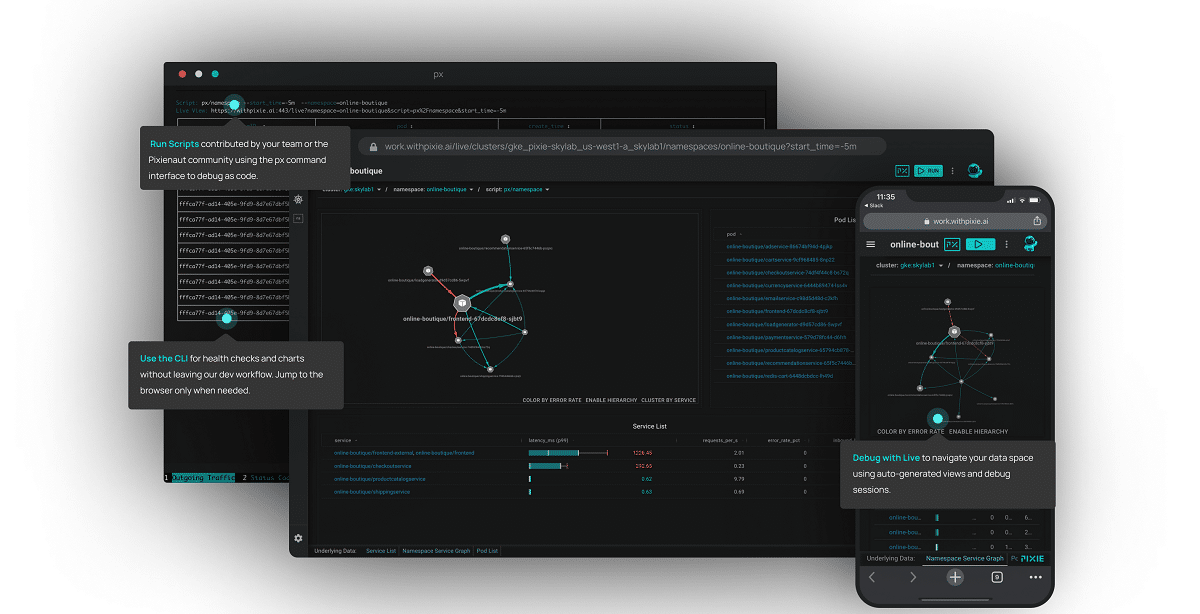
During the online conference Future Stack 2021 that was celebrated a few days ago, New Relic announced that it is integrating your observability platform Pixie open source for Kubernetes with the New Relic One platform.
With that New Relic is reinforcing its product with a new "Kubernetes experience" that it says will enable instant insight into the software container orchestration system without needing to update any code or sample data first. The company also announced improvements to its bug tracking, network monitoring, and scheduling capabilities, in addition to two new versions of its platform focused on the community.
For those unfamiliar with New Relic, you should know that this is a company that sells DevOps and application monitoring tools that help developers detect problems with their software applications. It is essentially dedicated to providing a monitoring service for applications that runs in real time, helping DevOps teams to fully understand any issues that may affect software performance.
Pixie is a native Kubernetes cluster observation deck that the company acquired last year when it bought Pixie Labs. That acquisition was part of an initiative to implement microservices-based applications without requiring IT organizations to implement agent software for each.
The company's CEO and founder, Lew Cirne, described the Pixie's functionality in a blog post at the time:
“With a single CLI command, developers can view all metrics, events, logs, and traces for their applications. Pixie's technology eliminates the need to add instrumentation code, configure ad hoc dashboards, or move data outside the cluster, saving developers valuable time so they can focus on building better software. Skip code changes and get instant Kubernetes observability «.
The New Relic One platform is popular, But the company has struggled to make a profit. Like many technology companies, it has moved its business away from selling software licenses to a subscription model, and last year announced a major price overhaul of its products to try to further differentiate its value proposition. That was seen as a necessary move by the company's management, as the observability market is rapidly becoming more crowded with competing offerings.
Despite all your troubles, New Relic has continued to focus on providing a better customer experience And your new Kubernetes experience represents the fruit of those efforts. The new capacity is available in beta version starting today, powered by Auto-Telemetry with Pixie, a technology the company got its hands on when it acquired a startup called Pixie Labs Inc. in December.
The Key Advantage of Pixie Labs Technology es your ability to collect operational data from Kubernetes, which is open source software used to monitor software containers that house modern application components, without writing any additional code. This saves developers time, especially in large enterprise software projects where tens or hundreds of components may need to be implemented.
"Instrumenting an application to provide the telemetry data you need was a very manual process," Zain Asgar, Pixie co-founder and now Pixie general vice president and general manager at New Relic, told SiliconANGLE. “It involves a lot of code changes and it could take weeks, if not months, to see value. Even the simple maintenance of this instrumentation was a great burden on the teams ”.
Pixie solves this by using a Linux kernel technology called Extended Berkeley Packet Filter. The eBPF works by capturing detailed information about what is happening within applications by leveraging network traffic, without changing any code within applications.